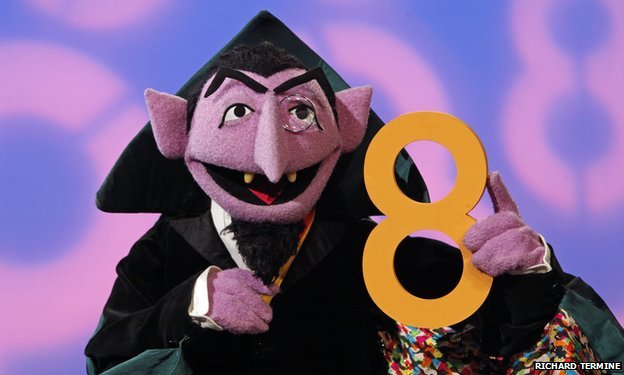Detailed Explanation

In our previous Post on Korean Numbers, we went over the fact that:
Counting stuff primarily happens in Pure Korean (as opposed to Sino-Korean).
However, most other uses of numbers are Sino-Korean. This presents an interesting challenge when dealing with the following three questions:
- How much?
- How many?
- How long?
- "How much?" is answered in Sino-Korean numbers.
"얼마예요?" = "How much is it?" and a typical answer is "오천 원이예요." - "How many?" is answered in Pure Korean numbers AND requires a Counter.
"몇 개 있어요?" = "How many are there?" and a typical answer is "다섯 개 있어요." (Here, 개 is the counter. 몇 is the question word.) - "How long?" is answered in Sino-Korean numbers.
"얼마나 걸려요?" = "How long will it take?" and a typical answer is "오분만 걸려요." (This question uses the same 얼마 for "how much [time]" as the first question.)
To make matters even more confusing, 개 is not the only Counter in Korean. Rather, nearly anything that can be counted has its own Counter. For example, you can count:
- People (분/명)
- Animals (마리)
- Books (권)
- Bottles (병)
- Papers (장)
- Glasses (잔)
- Cars/Appliances/Large Electronics (대)
- Age (살)
- Flowers (송이)
- Shoes (켤레)
Additionally, the Pure Korean counting numbers are occasionally modified for smoother counting:
- 하나 (1) becomes 한 개
- 둘 (2) becomes 두 개
- 셋 (3) becomes 세 개
- 넷 (4) becomes 네 개
- 스물 (20) becomes 스무 개
Hints:
- All the other Pure Korean numbers (like 다섯, 여섯, etc) don't change when counting.
- Even if you can't remember the specific Counter, you can use 개 as a default. It isn't right, but you'll be understood, especially while you're learning Korean.
- 몇 is the question word preceding all Counter questions. ("How many people?" = 몇 명/분? ; "How many things?" = 몇 개?)
- Time in hours is counted (한 시; 한 시간), but time in minutes and seconds is spoken with Sino-Korean (이십오 분; 삼십 초).
Table
[table id=35 /]
One more thing to note: positions are counted with 번째 or 째:
- 1st = 첫쩨/처 번째
- 2nd = 둘째/두 번째
- 3rd = 셋째/세 번째
- 4th = 넷째/네 번째
- 5th = 다섯 번째
- 6th = 여섯 번째
- 7th = 일곱 번째
- 8th = 여덟 번째
- 9th = 아홉 번째
- 10th = 열 번째
- 11th = 열한째
- 12th = 열두 번째
- etc...

